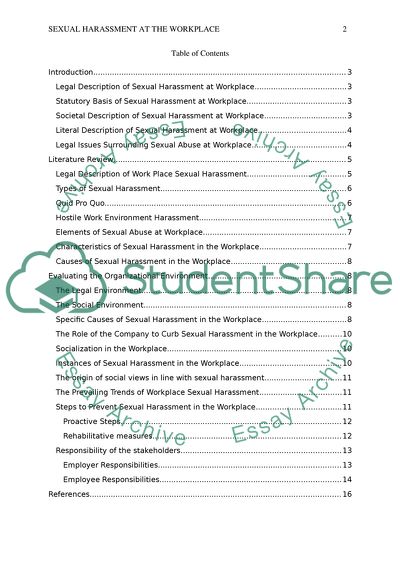Cite this document
(Sexual Harassment at Workplace Term Paper Example | Topics and Well Written Essays - 3250 words, n.d.)
Sexual Harassment at Workplace Term Paper Example | Topics and Well Written Essays - 3250 words. Retrieved from https://studentshare.org/gender-sexual-studies/1873878-reasearch
Sexual Harassment at Workplace Term Paper Example | Topics and Well Written Essays - 3250 words. Retrieved from https://studentshare.org/gender-sexual-studies/1873878-reasearch
(Sexual Harassment at Workplace Term Paper Example | Topics and Well Written Essays - 3250 Words)
Sexual Harassment at Workplace Term Paper Example | Topics and Well Written Essays - 3250 Words. https://studentshare.org/gender-sexual-studies/1873878-reasearch.
Sexual Harassment at Workplace Term Paper Example | Topics and Well Written Essays - 3250 Words. https://studentshare.org/gender-sexual-studies/1873878-reasearch.
“Sexual Harassment at Workplace Term Paper Example | Topics and Well Written Essays - 3250 Words”. https://studentshare.org/gender-sexual-studies/1873878-reasearch.


